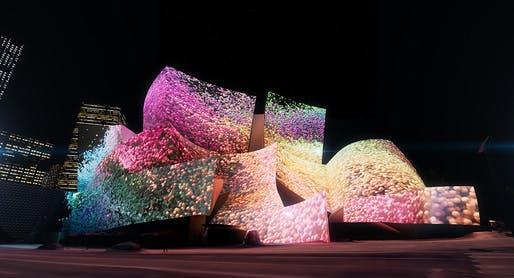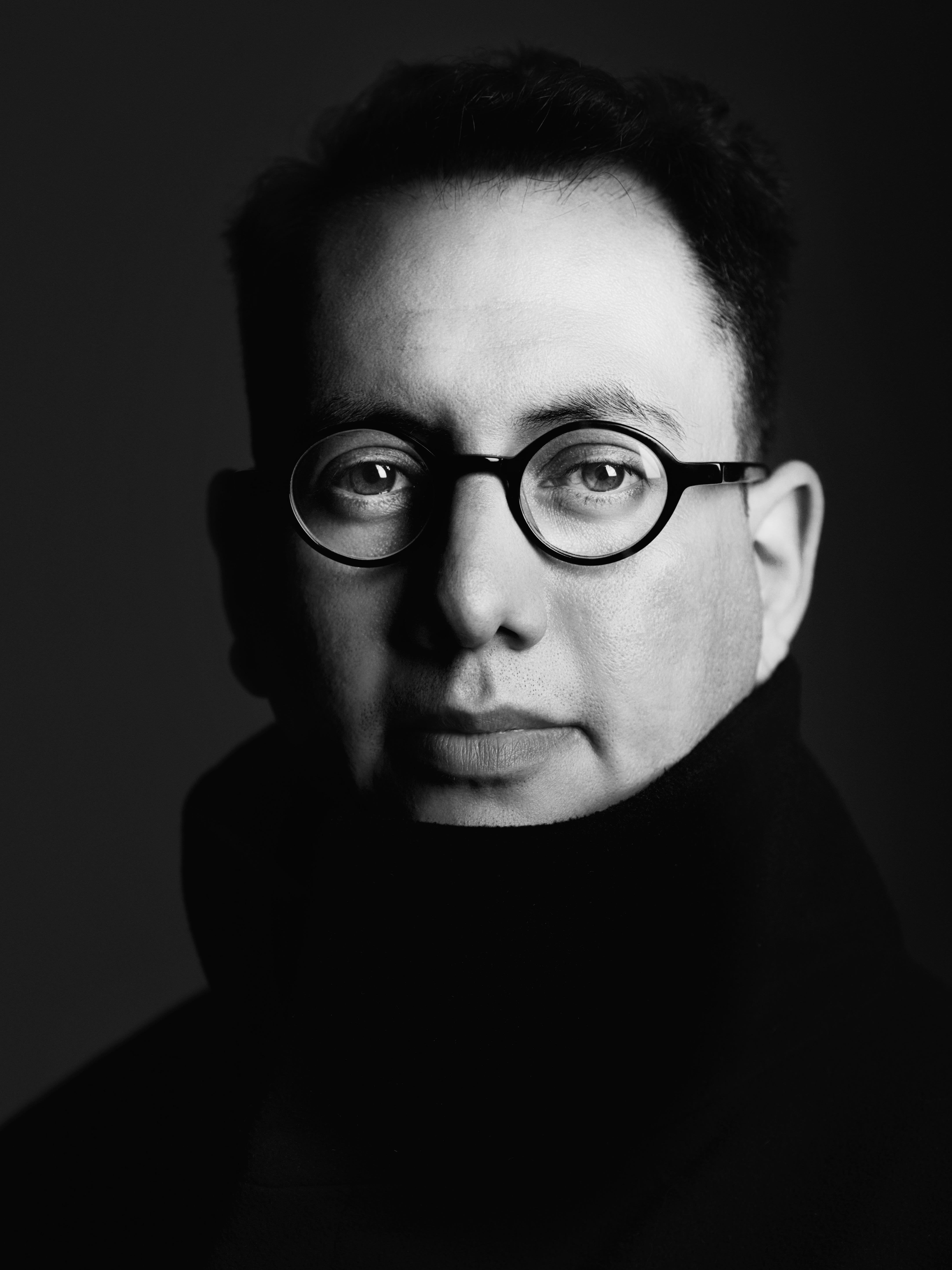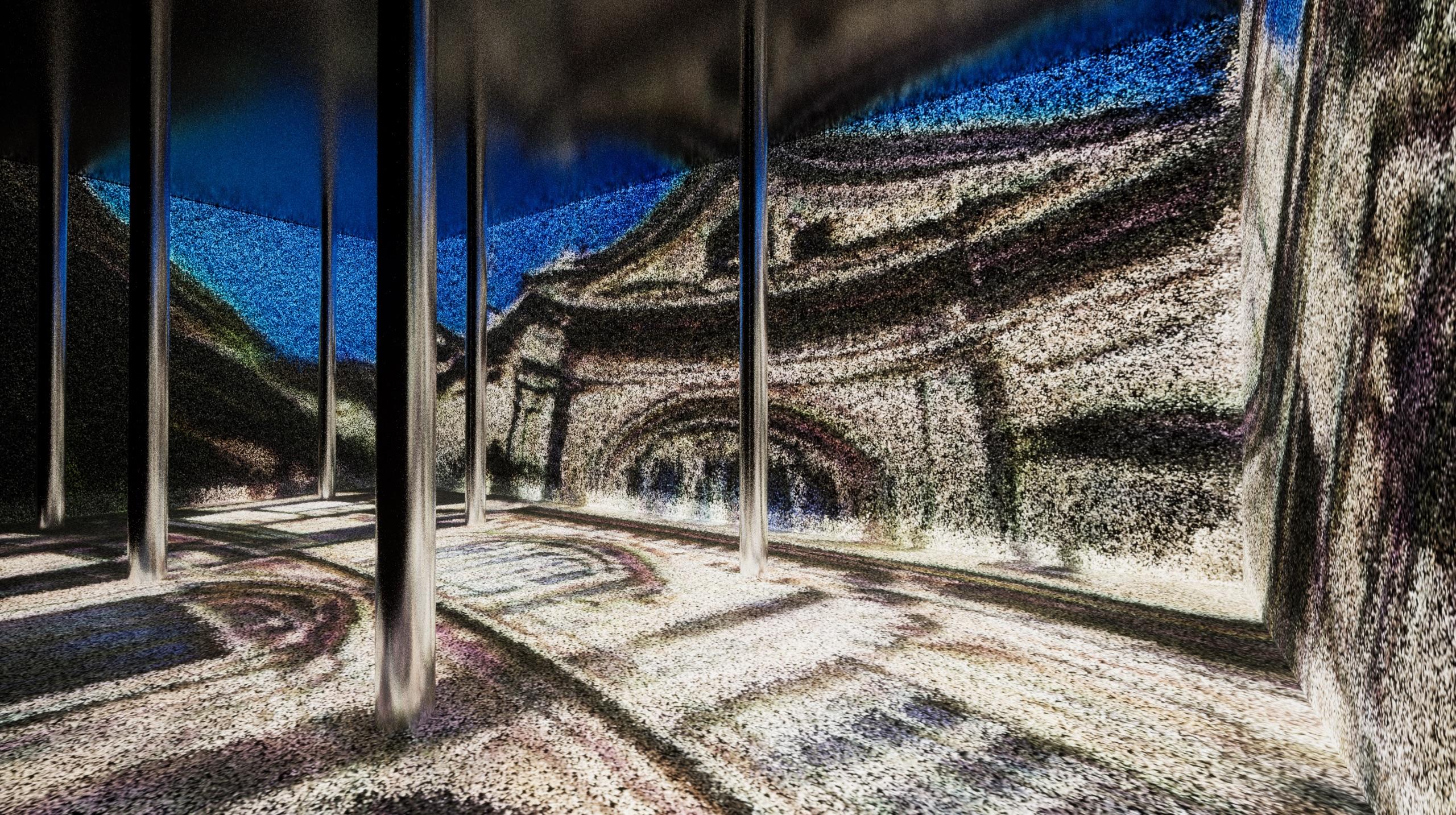Cities that paint, buildings that dream and sculptures that listen are just a few of the surreal thoughts occupying the mind of digital artist Refik Anadol. Such notions are meant to be taken literally, like his “Machine Hallucination” inaugurating the new ARTECHOUSE at New York’s Chelsea Market on Sept. 6. An immersive projection of ever-evolving cityscapes, it is produced from an internet search of 100 million images of the city from the past, present and future, then filtered through an AI program.
“What would happen if a building had a tapestry of cognitive skills, can learn, can dream and can remember, can interact beyond a beautiful facade and function? What else can it do?” Anadol asks, still energetic after a hard day of work in his Frogtown studio in Los Angeles.
He began his search for answers 10 years ago as a graduate student at Bilgi University in his native Istanbul. For his thesis project, he created a piece titled “Quadrature,” transforming a wing of the Santral Istanbul Museum of Contemporary Art into what he calls a living sculpture. Projected monochromatic images mimicking the building’s facade were set in constant flux by ambient audio from the surrounding neighborhood. Images of “Quadrature” went viral on social media, jamming the artist’s inbox with requests from all over Europe.
Anadol got his first computer at the age of eight, right around the time he saw the classic 1982 sci-fi film, “Blade Runner” for the first time. Both became instrumental in charting his present course after matriculating with an undergraduate degree in photography and videography, (“to understand time and place,” he explains). He received his first masters degree at Bilgi and his second from UCLA where he is a lecturer and visiting researcher.































